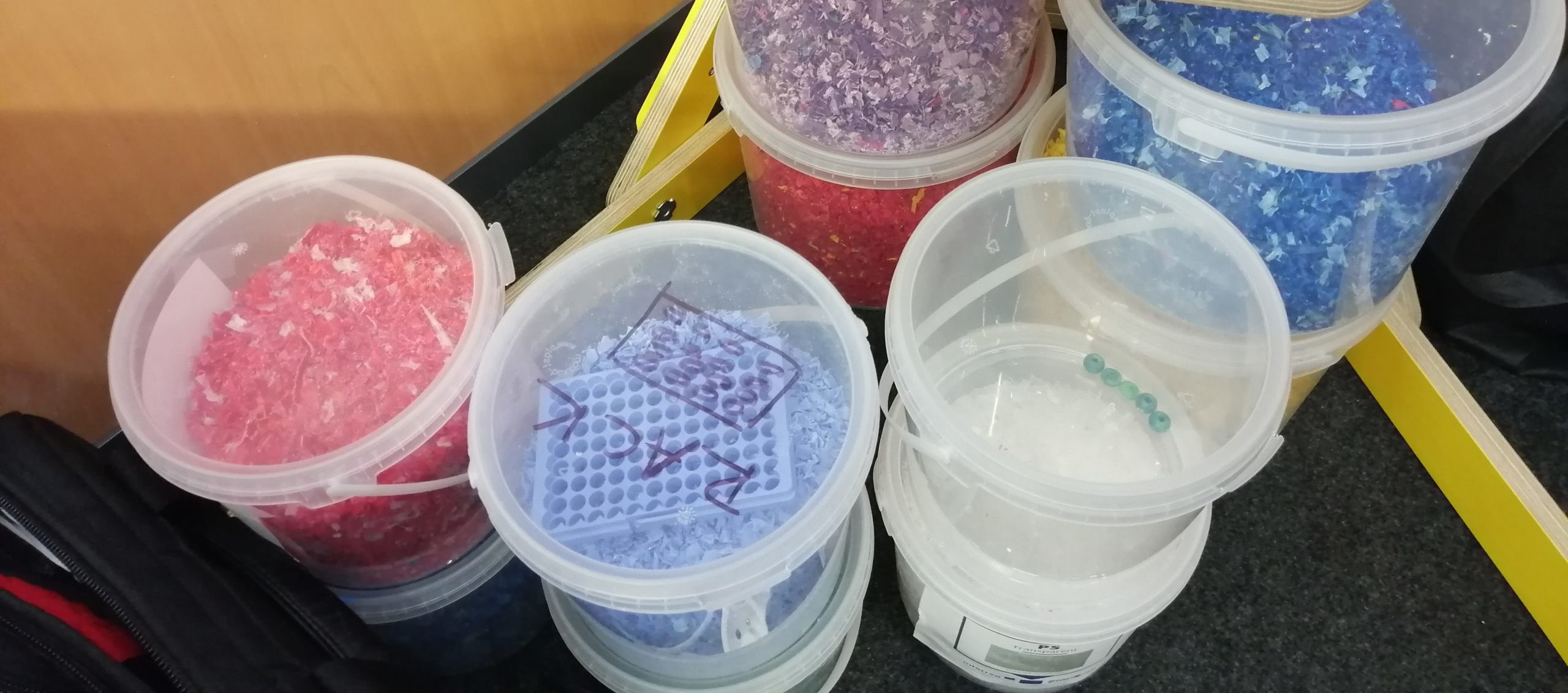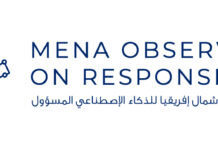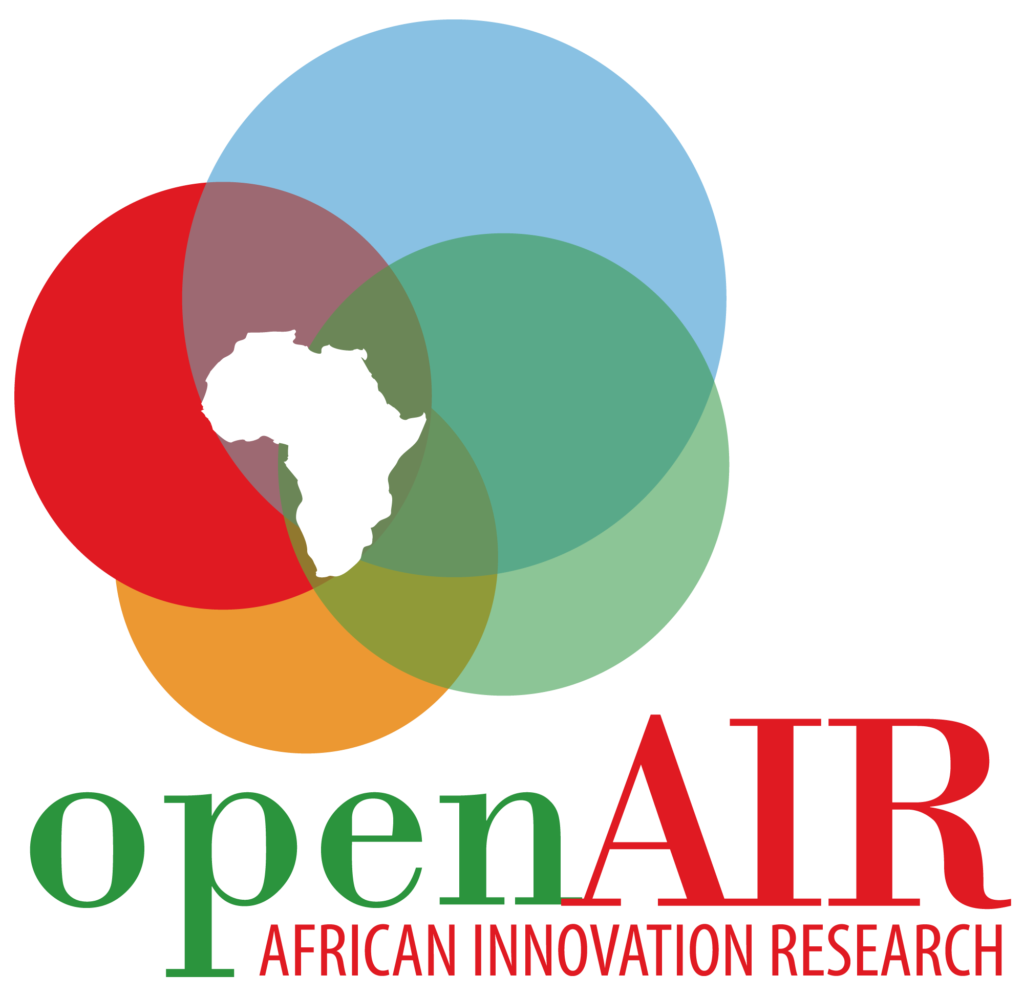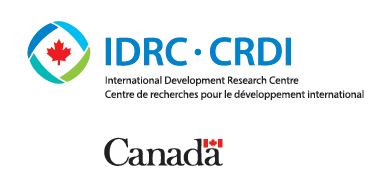By Ahou Rachel Koumi
In 2019, my niece and I enjoyed a two-day outing to the famous beaches of Assinie, in Côte d’Ivoire. I have fond memories of swimming in the ocean when I was younger so I invited my niece. Once there, the sheer number of plastic bags attached to our feet forced us to abandon swimming in the ocean to return instead to the hotel pool. As an oceanological researcher, I was aware of the veracity of ocean pollution but this shocking experience brought to life the gravity of the situation. It prompted an “Aquathon” later in 2019 on the theme of plastic waste in the ocean in Abidjan (Koumi et al., 2022). Since then, I have continued to conduct research on this pressing issue. Here are some of my findings.
Open source efforts in the mechanical recycling of plastic wastes
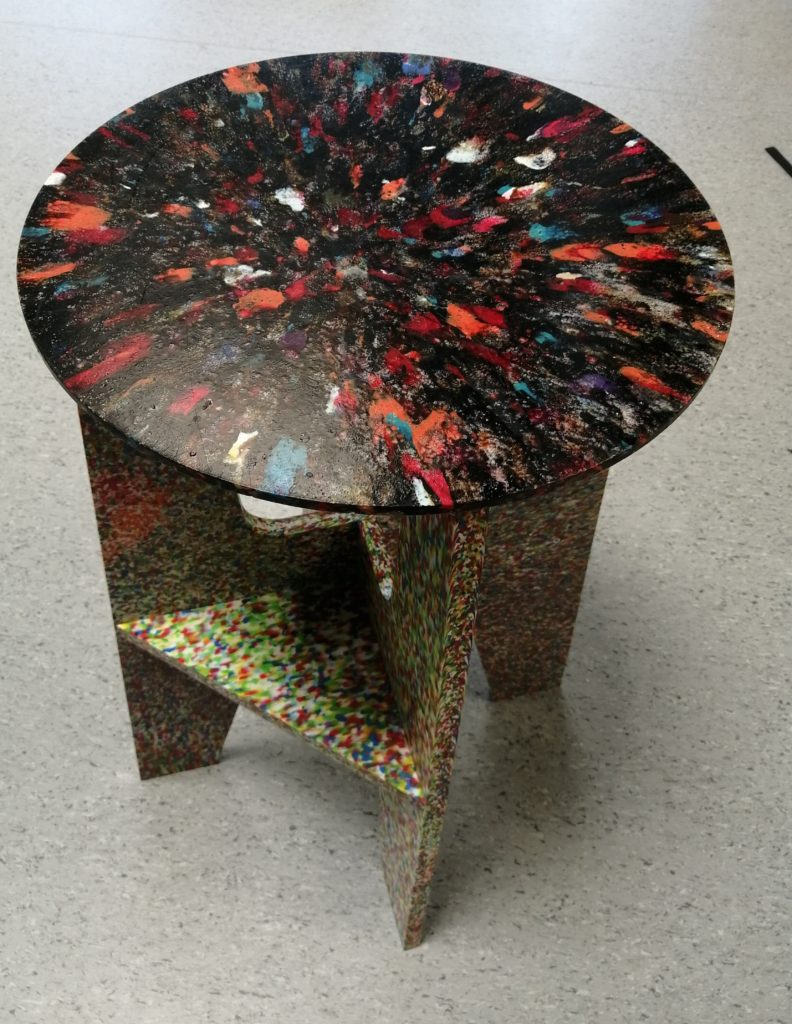
The mechanical recycling of waste enables plastic to be reused for other purposes. Low-tech and low-cost machinery, materials, equipment, and processes are well known and widely disseminated by makers, innovation laboratories, and FabLabs around the world. For example, Precious Plastic and Plastique Odyssey have made available blueprints and how-to videos for making grinders, washing tanks, centrifuges, extruders, barrels, hydraulic presses, laser cutters, pyrolyzers, and more. These are all open source, easy to replicate, and designed to be made with resources available to almost anyone, anywhere.
The mechanical recycling of plastic is a successful strategy when there is proximity between collection points, communities, and recycling spaces. This recycled plastic waste can be used to manufacture yarn for 3D printing, tables, chairs, pavers, bricks, fuel, laboratory equipment, and handicrafts (handbags, baskets, fabric, shoes, furniture, etc.). In Burkina Faso, for example, the women of the GAFREH collective in Bobo-Dioulasso, make their income from the recovery of plastic waste and have benefitted from a technology transfer from Plastic Odyssey. In Côte d’Ivoire, especially in big cities, women have been initiators and pioneers in the collection of garbage for resale. For many years, despite being unaware of the pollution caused by plastic packaging, many women without formal employment have collected plastic waste. They resale price is approximately 150 CFA francs (€0.23) per kg and often constitutes their only source of income. These plastics, often in the form of empty containers, are sold through one or two intermediaries for recycling in factories in industrial zones. Such recycling of plastic waste can help to achieve women’s empowerment.
Could alternatives to plastics contribute?
Plastic has a long period of degradation (i.e. it lasts years in the environment). To address this, there have been many innovations in alternative packaging materials that are biodegradable and/or recyclable. These are being deployed around the world.
The range of such new products are broad. For a few examples:
- hydrophobic paper-cardboard cups obtained by chromatogenic by the Technical Center for Paper (CTP)
- a paper as strong as plastic obtained by mixing natural cellulose fibers and cellulose fibers regenerated by the Finnish start-up Paptic
- plastic-free paper, bio-based plastic material, designed from milk with fat and gas barrier properties developed by the French start-up Lactips
- cellulose cushions molded from virgin fibers (wood pulp) or recycled (from cardboard or old newspapers) manufactured by the French company Cellulopack
- a coating for packaging papers that provides them with impact resistance, a barrier to greases, moisture, gases, and even firewall and composable qualities proposed by Papkot
- Trays, storage containers, and tableware made from bamboo, banana fibers, potatoes and cereals, cane sugar, natural wheat bran, and more
- biodegradable and edible packaging made with algae as raw materials offered by Evoware, Notpla, and many others
- plastic packaging made from by-products of the beer manufacturing process by Saltwater Brewery
- packaging materials made with the vegetative part of mushrooms, the mycelium proposed by Ecovative
- a waterproof fabric made from banana trees by Bananatex
- a fully degradable bioplastic inspired by insects and shrimp shells developed by Wyss Institute
- bioplastics that are compostable in 4 and 6 weeks and stronger than LDPE, derived from fish scales by MarinaTex
These innovations open up a large field of research and development in innovative, water-soluble bioplastics for an eco-responsible blue economy circular supply chain in my country of Côte d’Ivoire. Agriculture is the engine of development of my country. In addition, being located by the sea, we have a variety of raw materials to create local alternatives to plastics.
Should plastic-eating microbes be used for plastic wastes?
Despite these innovative solutions, over months of observations and exchanges both at and following the Aquathon, it is clear that collection-recycling and innovation around plastic waste is not a sufficient solution; this waste continues to end up in the environment and in the ocean. What if we could use nature to help us? Should plastic-eating microbes be used for the biological degradation of plastic wastes? This is a growing field of intense research around the world.
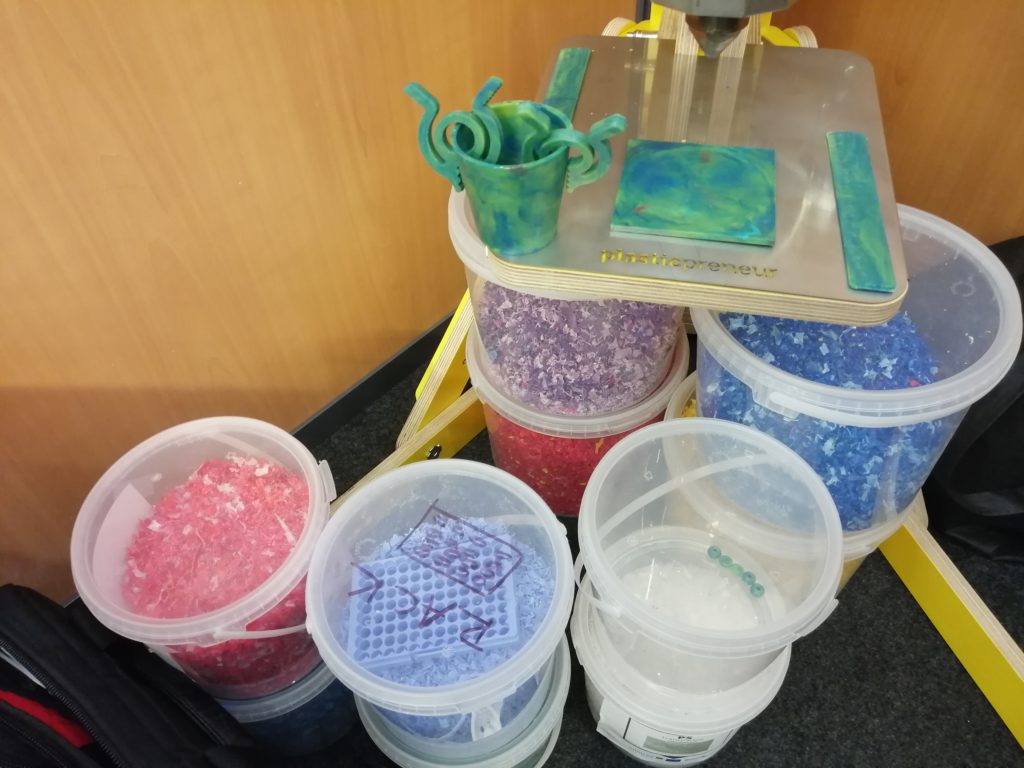
Fungi in Ecuador, worms in China, and bacteria in Japan have been found to actively eat and digest Polyethylene Terephthalate (PET), the main building block of plastic. The heterotrophic bacterium, Ideonella sakaiensis, a gram-negative proteobacterium, has also been identified as capable of plastic degradation (Flashman, 2018). I. sakaiensis breaks down plastics into polyethylene with the enzymes PETase and MHETase which first hydrolyze the polymer into mono-2-hydroxyethyl terephthalate and then into ethylene glycol and terephthalic acid to be used as an energy source (Flashman, 2018, Lu et al., 2022; Yoshida, et al., 2016). These discoveries could be potentially effective in mitigating the plastic waste crisis.
Following this research, PETase later became the target of protein engineering efforts. Machine learning has allowed the modification of amino acids to make them stable at 50°C and strengthen their catalytic activity (Lu et al., 2022; Kramer, 2022). Under these conditions, the enzyme even depolymerized an entire plastic cake tray in 48 hours, and a new plastic item can be made from the degraded waste. In China, adaptations made by common mealworms have given them the ability to digest PET in factories (Witzel, 2016). In France, a green chemistry company named Carbios achieves the degradation of 98% of the PET polymer by enzymes in 24 hours and scales up to industrialize plastic biorecycling by 2025. They have a target of eliminating 350,000 tons of plastic waste. Worldwide, most PET is recycled by melting and remodeling, deteriorating the properties at each cycle, chemical depolymerization methods, are generally very energy intensive. It remains to be seen whether enzymatic depolymerization can be used to degrade a much more diverse waste stream.
A Call to Action & Proposed Starting Point
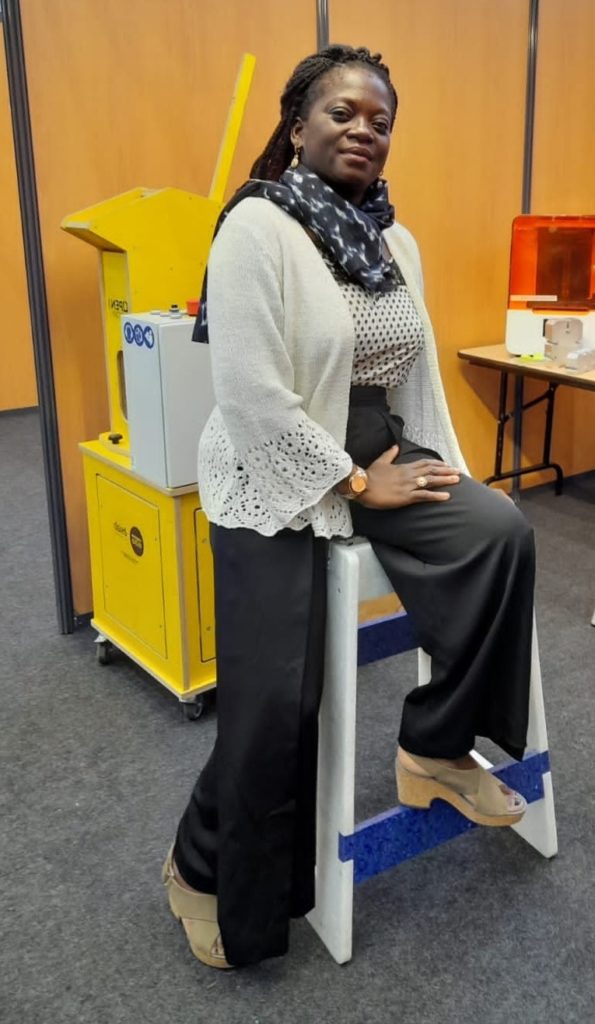
African researchers, especially Makers and biohackers, need to be players on the issue of plastic pollution. I propose the establishment of a maker space/biohacker lab on this subject in Côte d’Ivoire. My vision is a maker space/biohacker lab by and for the community, open to everyone ranging from researchers, to local schools, to social innovators, allowing for experimentation on solutions to plastic pollution. This would provide a place for the co-development of concepts and testing of innovative practices in the collection, biorecycling, and mechanical recycling using open-source machines.
The lab could be attached to a local plastic recycling facility to encourage participatory research on the best ways to better recycle plastic waste, in addition to experimenting with the use of microbes and local alternatives to plastic packaging. Women’s community groups would be welcomed and encouraged so that they can engage in for-profit recovery of plastics in addition to the various other informal jobs they hold, providing them with additional income.
Are you interested? Join me to take together these opportunities!

